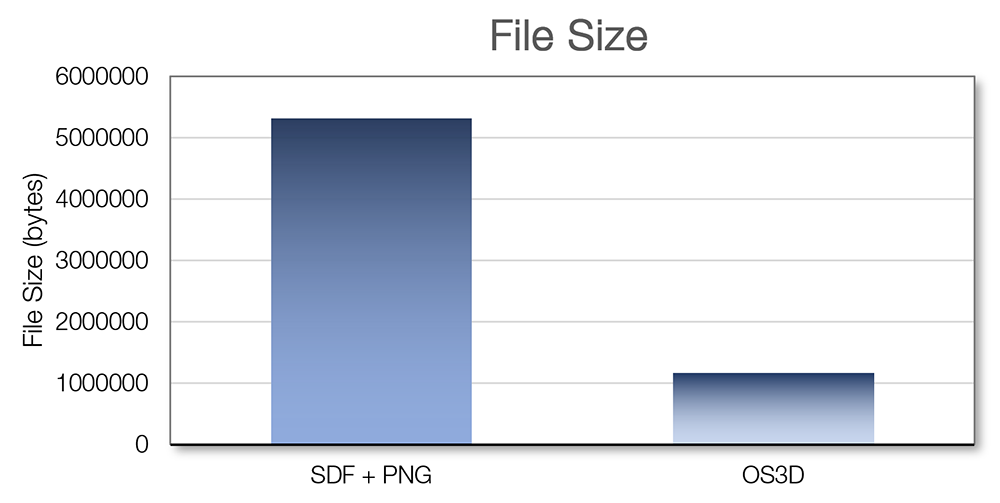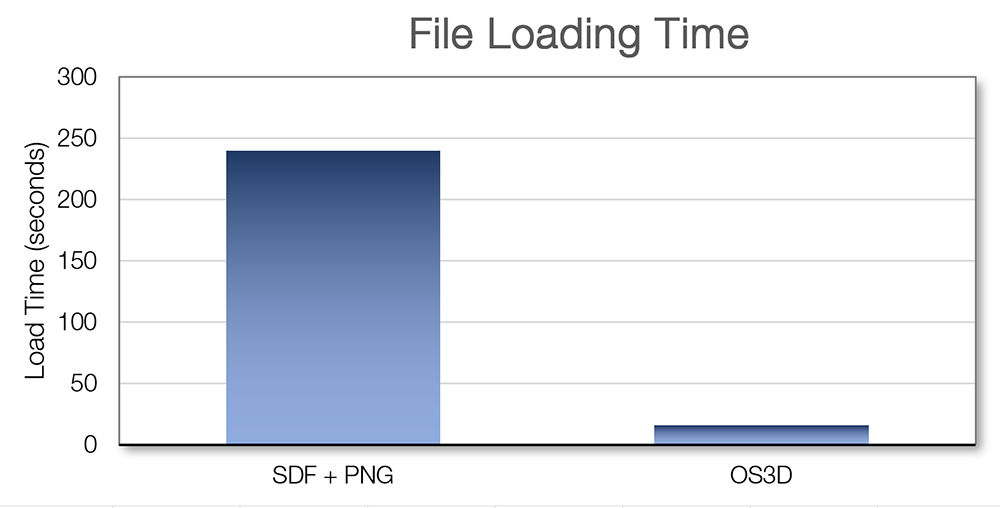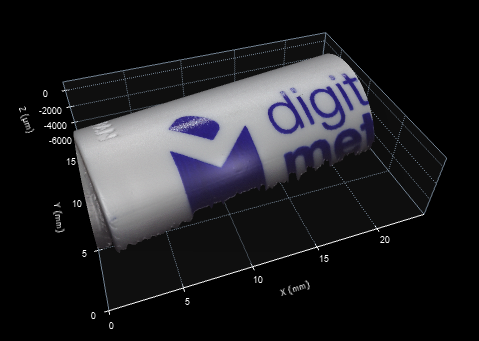Digital Metrology wants you to be able to access and explore your data as easily as possible. After all—it is YOUR DATA.
Recently Digital Metrology created the OmniSurf3D data file format (*.os3d) for efficient storage, reading, and writing of surface topography data. This file format is portable across operating systems and can be coded directly without 3rd party libraries. Reading and writing can be easily achieved in programming environments including C#, Visual Basic, Java, MATLAB®, and many others.
The .os3d format is a single, binary file containing height and image information. The file structure is a simple list of heading entries and a block of surface heights. When an image overlay is available for the data, it is added to the file as a PNG compressed bitmap.
An .os3d file is significantly smaller than a traditional, ASCII SDF file—and smaller files mean more space on your data drives!

Even more importantly, the combination of binary data and a PNG image gives incredibly fast load times for greatly improved productivity.

Use OmniSurf3D surface texture analysis software to create .os3d data files from any loaded data set. That means you can convert your current data into .os3d files for archiving and future analysis… just watch how fast your batch processing can be with .os3d files!

Download example C# source code for reading and writing .os3d files: OS3DAccess-v1p01.zip
An example .os3d data file for this image can be found here: DigMetPenLogo.os3d
The .os3d file description is available here: OmniSurf3D-FileFormat-v1p01.pdf
The OS3D File Structure
char[10] chArrayFileType
Int32 nMajorVersion
Int32 nMinorVersion
Int32 nIdentificationStringLength
char[80] chArrayIdentification
Int32 nMeasureDateTimeStringLength
char[15] chArrayMeasureDateTime
Int32 nPointsAlongX
Int32 nPointsAlongY
double dSpacingAlongXUM
double dSpacingAlongYUM
double dXOriginUM
double dYOriginUM
float[nY,nX] fSurfaceMapUM
Boolean bHasImage
Byte array imageOverlayPNG (optional)
For more information on the OS3D file format or how you can better understand your surfaces, contact Digital Metrology today!
